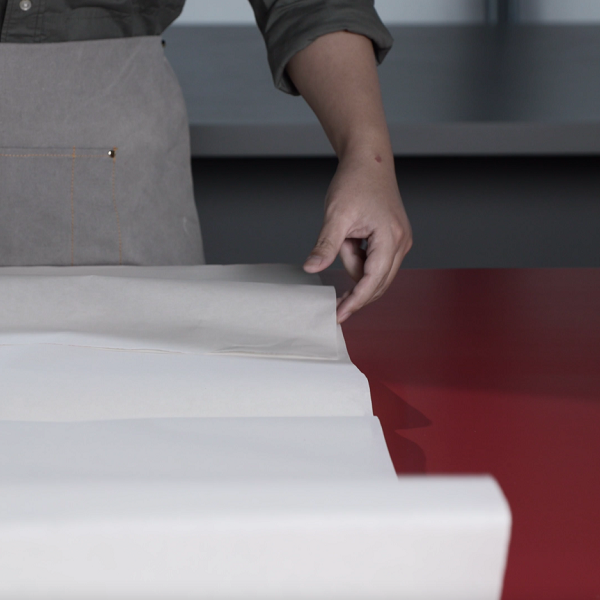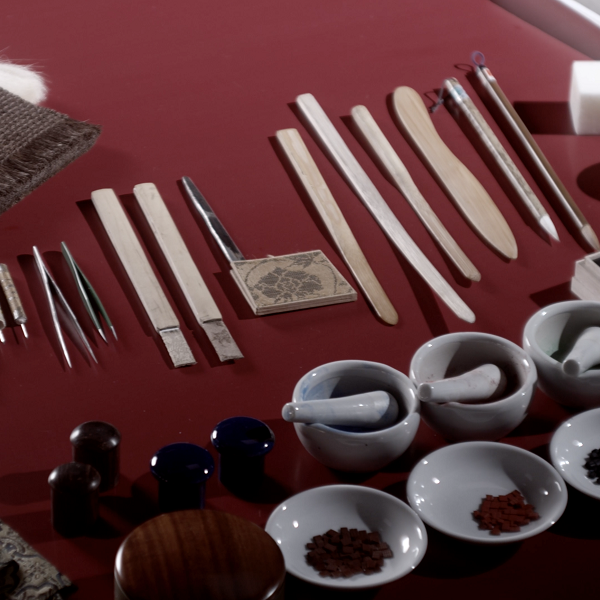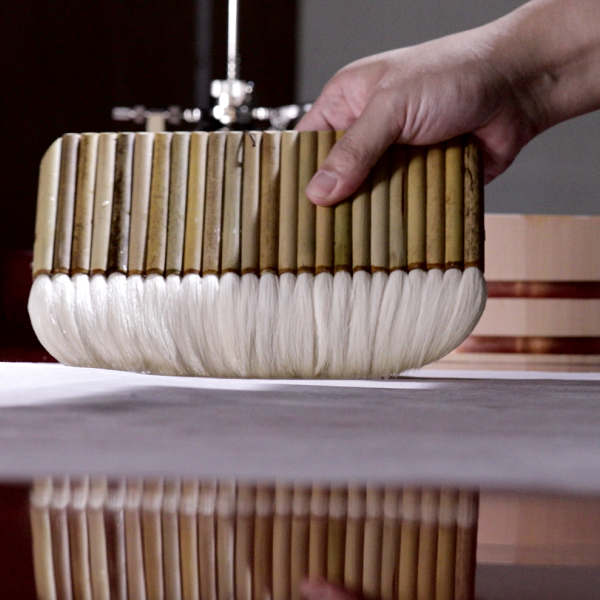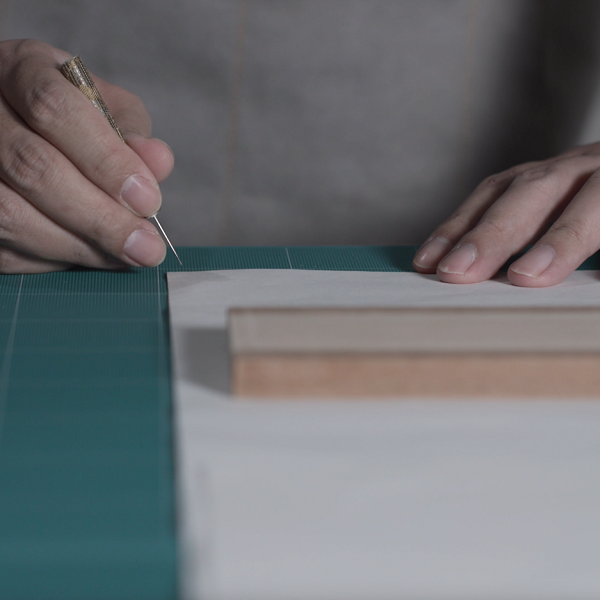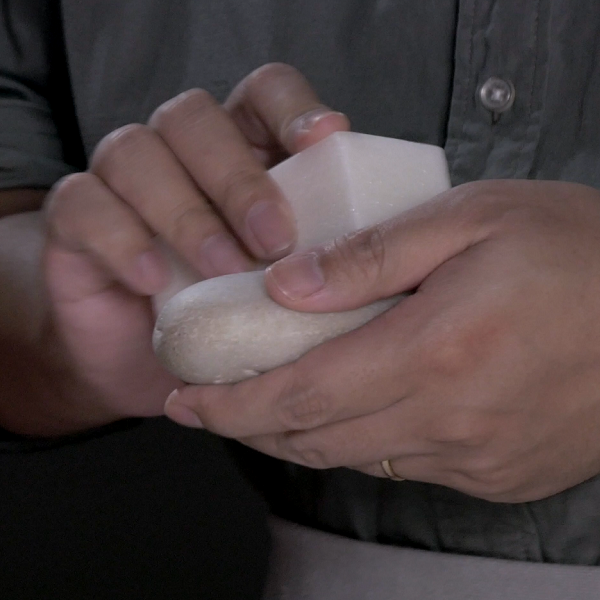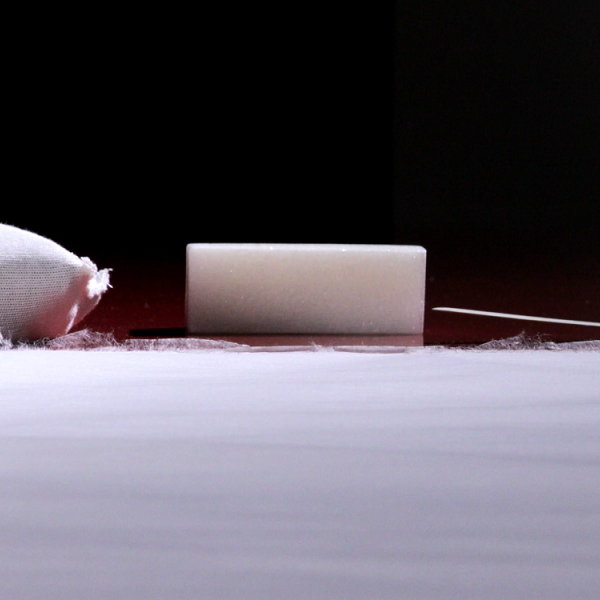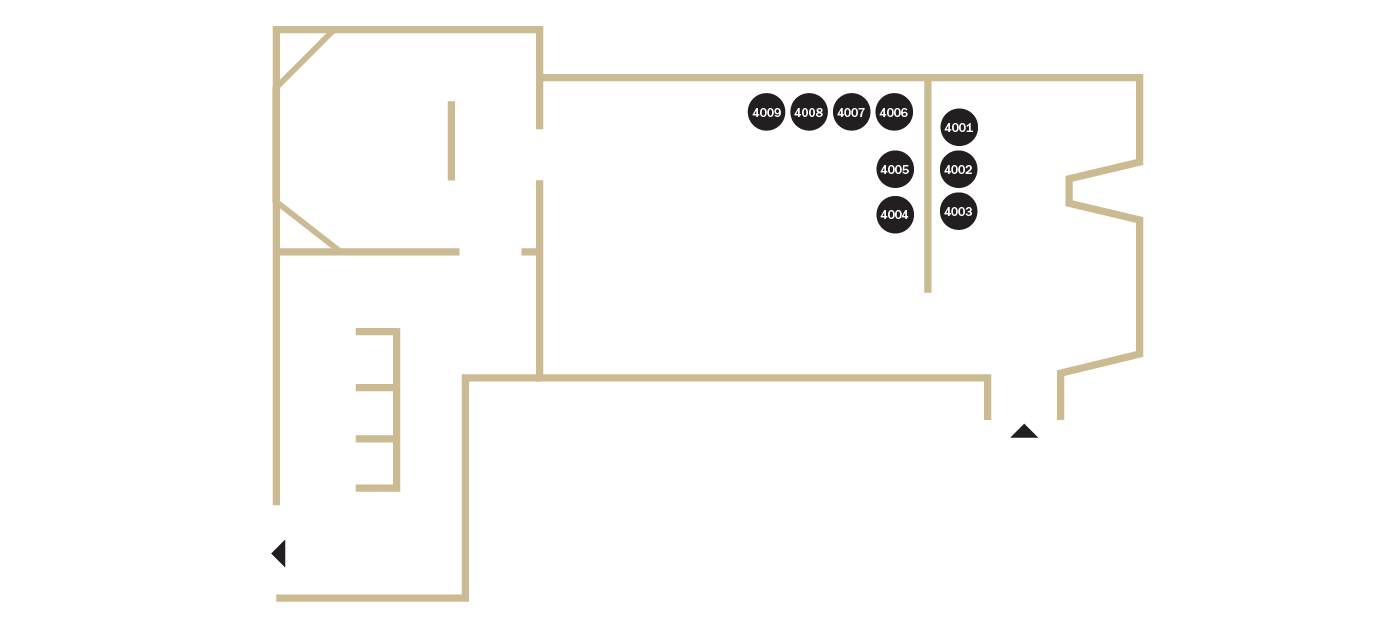4003. Spot the Difference: Portraits of the empresses
We have seen emperors; what about empresses? How did their court attire change over the different periods of the Qing dynasty?
The evolution of the court attire of empresses can be divided into two broad phases: before and after the Qianlong period. The three portraits before you are of the Xiaokang Empress, wife of the Shunzhi Emperor, from before the Qianlong period, the Xiaohe Empress, wife of the Jiaqing Emperor, and the Xiaoquan Empress, wife of the Daoguang Emperor, from after the Qianlong reign.
As with the court dresses seen in emperor portraits, the clothing shown in empress portraits was only worn during important court ceremonies and rituals. Overall, their attire was more complicated, and comprised three main garments: a court skirt, robe, and vest.
At first glance, the three empress portraits here may look similar, but the court vests are different. Can you see how? (Pause)
The court vest worn by the Xiaokang Empress on the far left has one front-facing dragon, two standing dragons, and a motif pattern called babao pingshui, which means "Eight Treasures and Level Waters", near the hem of the vest. But in the portraits of the Xiaohe Empress, in the middle, and the Xiaoquan Empress on the right, the front-facing dragon is missing. Also, a long line of symbols modelled after the Chinese character shou, which means longevity, appear on the hem and lapel of the court vest.
Besides new patterns, the colours and materials used on court attire changed as well. In the portrait of the Xiaokang Empress on the far left, the empress is in summer court attire. However, from the Qianlong era onwards she appears dressed in full winter regalia, with the addition of fur lining under her court robe and court skirt. The colour of the collar and sleeves of the lower arms have also been changed to azure blue.
Both the Xiaohe and Xiaoquan empresses also wear winter court attire, but even these differ in subtle ways. Look closely at their hats. (Pause)
It was not until the Daoguang period that court painters changed how they depicted hats in empress portraits. In the portrait of the Xiaoquan Empress on the far right, the phoenixes have been moved upwards onto the red fur section of the hat. This creates an optical illusion that makes the viewer feel like they are looking up at the empress from a lower position—as they would have been in real life.
The accessories worn by emperors and empresses were not limited to hats. Look at the second button of the court vests shown in the empress portraits. They are connected to a sash, known as caishui in Chinese, which resembles a modern-day tie.
While sashes in portraits prior to the Qianlong period were all white with minimal decorative patterns, after this they became more colourful. In the middle and the right portraits, Empress Xiaohe and Empress Xiaoquan wear a green sash embroidered with a colourful motif pattern called wugu fengdeng, which represents the blessing for abundant harvest and harmony.
© The Palace Museum
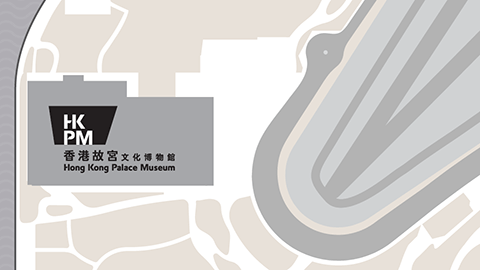






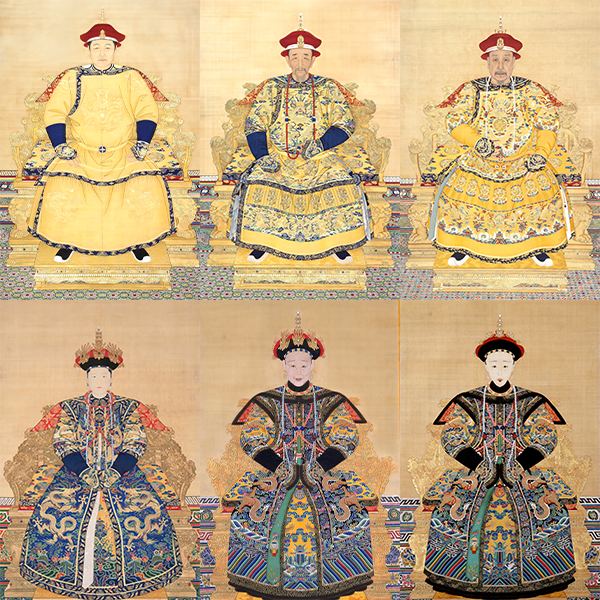
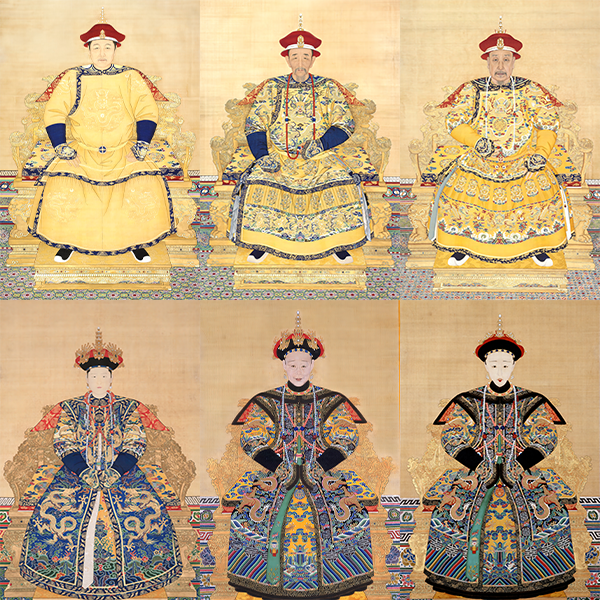
-1655361042.png)
-1655361311.png)
